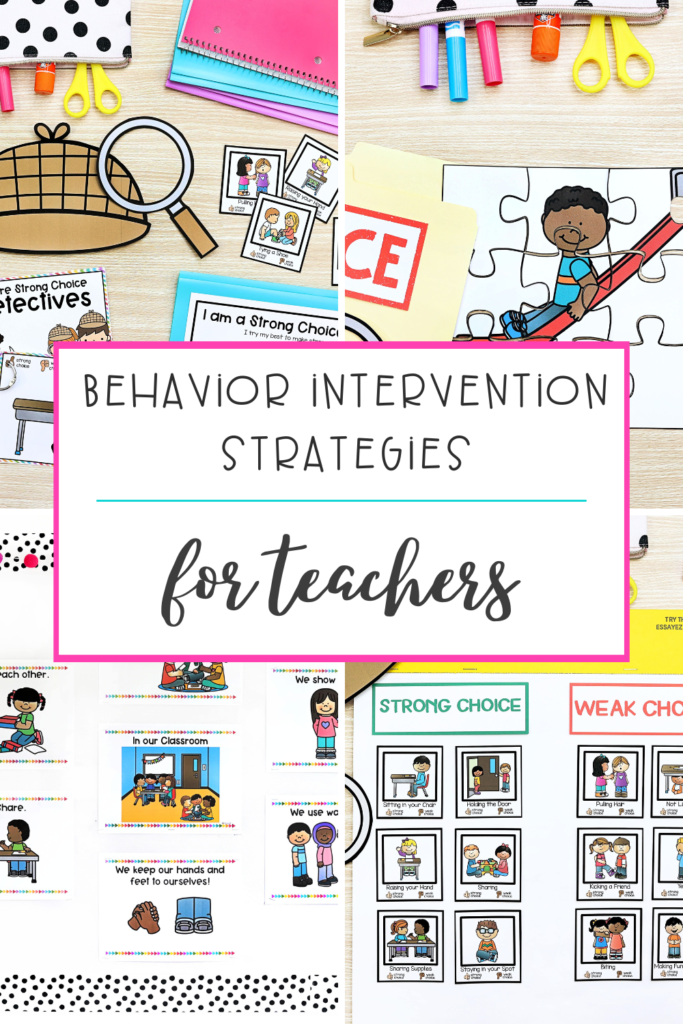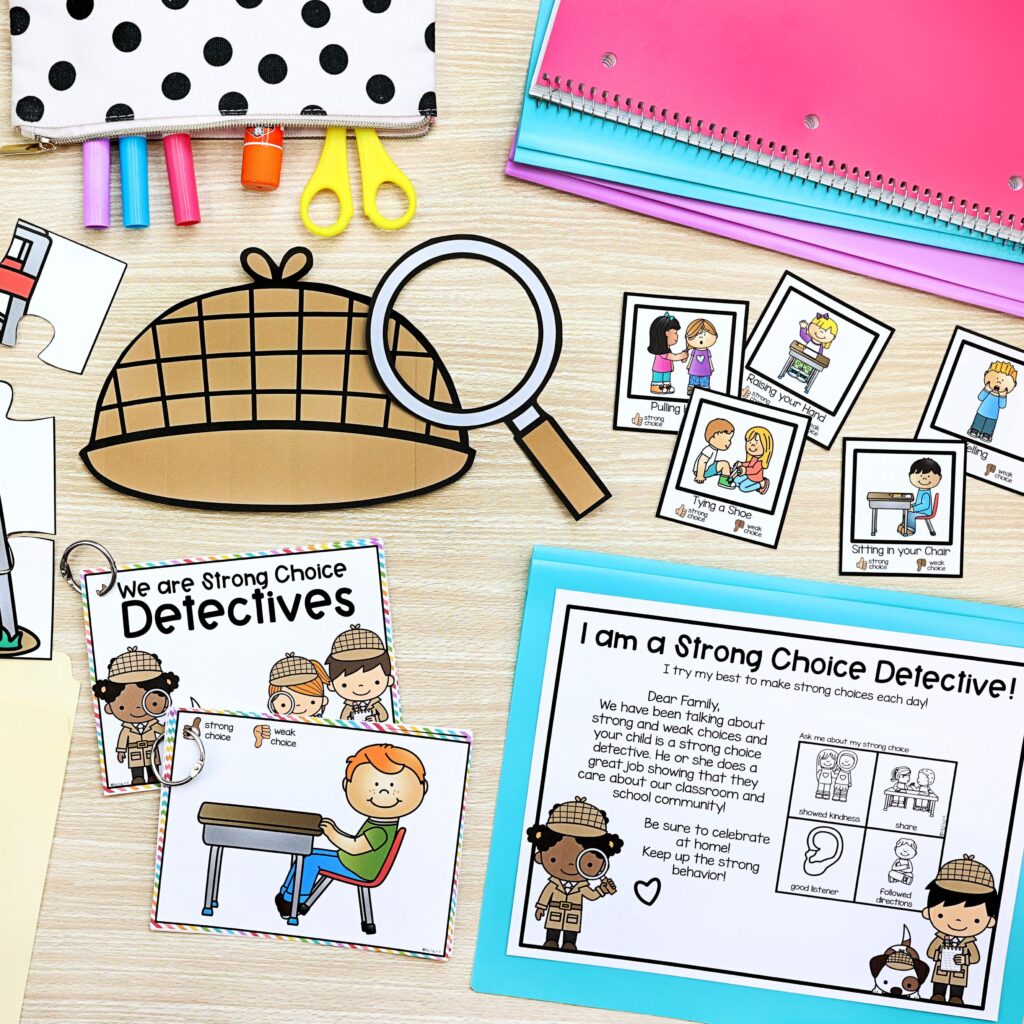Easy and Effective Behavior Intervention Strategies for Teachers
Creating a positive and productive learning environment is essential for young students’ academic success and social development. In a kindergarten classroom, teachers often encounter a wide range of behaviors, from positive and appropriate to challenging and problematic. Teachers must have a toolkit of effective strategies to deal with these behaviors. Let’s explore the behavior intervention strategies for teachers that help us all navigate behavior issues and foster a nurturing learning environment.

Understanding Behavior
Just like the colorful crayons in our art corner, behaviors come in all shades and hues – from cheerful and cooperative to tricky and challenging. But fear not because every behavior has a purpose, just like each puzzle piece fits into its special spot. There are many different types of behaviors. So, grab your imaginary detective hats because we’re about to unravel the mysteries of behavior! I promise you’ll be armed with creative strategies to turn your classroom into a vibrant hub of learning and laughter.
Types of Behaviors
Kindergarten teachers encounter a spectrum of behaviors in their classrooms. These include positive, appropriate, challenging, and negative behaviors. It’s important to recognize that each behavior serves a function or purpose for the student.
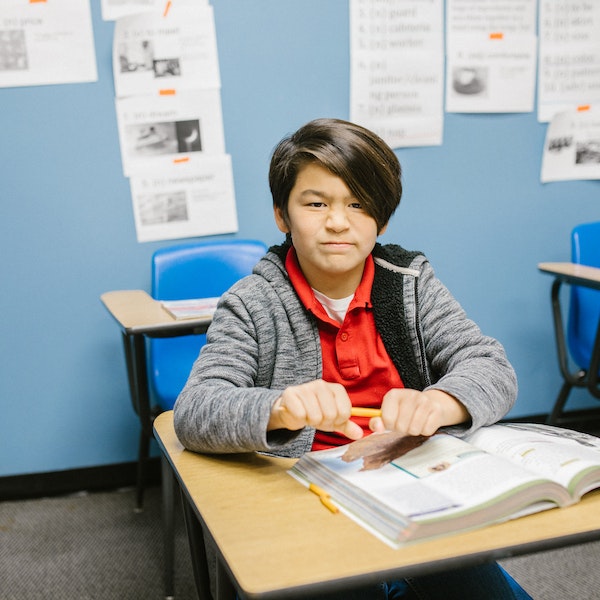
Functions of Behavior
Behaviors typically serve one of four functions: seeking attention, gaining access to a desired item or activity, avoiding a task or situation, or fulfilling a sensory need. Understanding the function of a student’s behavior is key to crafting effective interventions.
Behavior Intervention Strategies for Teachers: Behavior Systems
Many classrooms and schools have adapted behavior systems that work for them. These systems may include a marble jar, or star jar, or students may earn tickets, dollars, etc. There are many different systems to choose from.
Foundational Systems: PBIS Framework
The Positive Behavioral Interventions and Supports (PBIS) framework, endorsed by the U.S. Department of Education and the Office of Special Education Programs, provides a proactive approach to behavior management in school settings. It emphasizes teaching and reinforcing positive behaviors rather than solely focusing on problem behaviors.
Establishing clear behavioral expectations for the entire class sets the tone for a positive learning environment. These expectations should be taught explicitly and consistently reinforced.
Behavior-specific Praise
When to comes to behavior intervention strategies for teachers one of the best strategies is when teachers ensure they are acknowledging and reinforcing good behavior. This is often through specific praise helps create a culture of positivity and encourages students to continue demonstrating positive behaviors.

Ticket System, Sticker Chart, Star Jar, Etc.
These visual reinforcement tools can be powerful motivators for young students. They provide a tangible representation of progress and offer a fun way to acknowledge and celebrate good behavior.
Responsive Classroom Behavior Intervention
This approach emphasizes building community and social skills, creating a positive classroom climate, and focusing on all students’ social and emotional needs. It includes practices such as morning meetings, class-building activities, and interactive modeling.
Tiered Support: Multi-tiered System of Support (MTSS)
MTSS provides a framework for offering additional support to students based on their needs. It ensures that all students receive the level of assistance required for their academic and behavioral success.
Small Group Interventions
For students requiring extra support, small group interventions can be incredibly effective. These sessions address specific needs and provide targeted instruction.
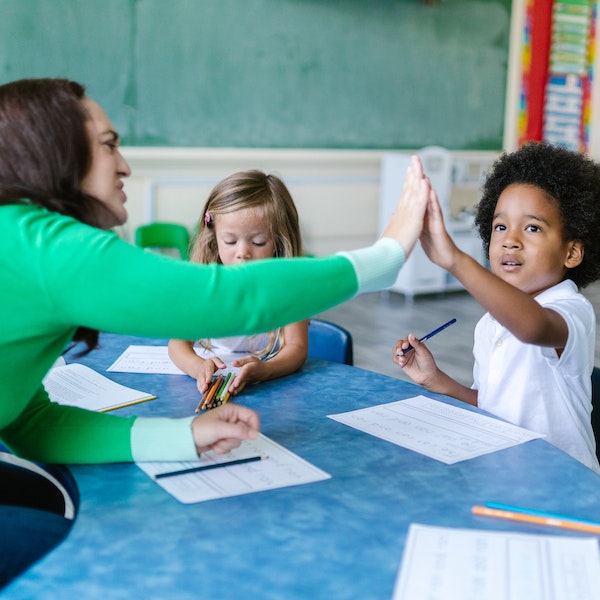
Individualized Behavior Plans
Developing a behavior intervention plan (BIP) can be instrumental for students with more challenging behaviors. A BIP outlines specific strategies, accommodations, and supports tailored to the individual student’s needs.
Additional Support and Specialized Services
Collaboration with school staff, including school counselors, social workers, school psychologists, and behavior specialists, can provide valuable insights and resources for addressing behavior concerns.
Classroom Management – Strong Weak Choices
Teaching your young learners the difference between strong & weak, good & poor choices is a game changer. These Strong/Weak Choices Visuals are just the tool you need to teach your students how to make good choices each and every day of the school year.
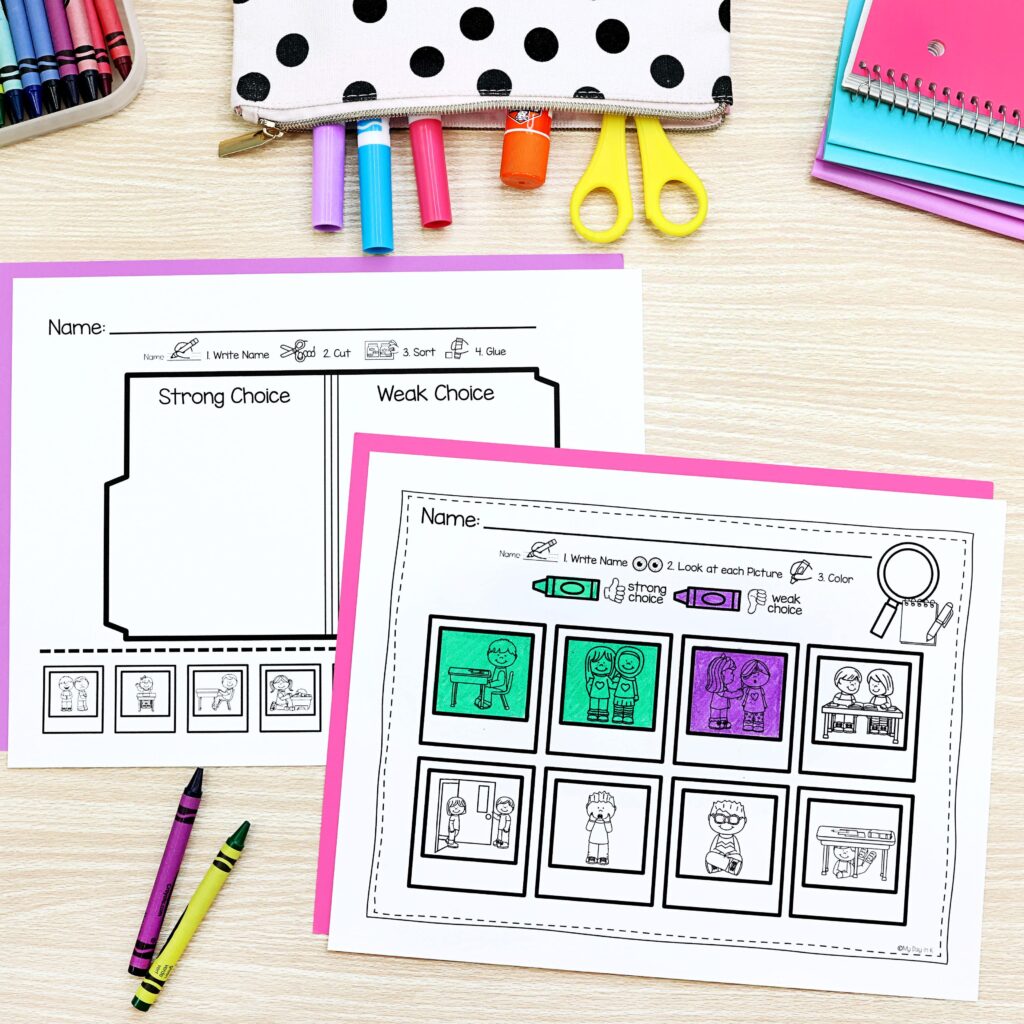
The detective theme will hook your students as they work together to solve each case and decide if each student is making a strong or weak choice.
These posters are perfect to use during classroom morning meetings to discuss strong & weak, good and poor choices. Each poster displays a picture of either a strong & good choice or a weak, poor choice. Each poster also includes kid-friendly language that makes it easy for your students to understand.
This resource offers a practical tool for reinforcing positive behaviors and setting clear expectations in the classroom. By utilizing the Strong Weak Choices resource, teachers can promote self-awareness and empower students to make better choices. This product aligns seamlessly with the best practices discussed in this blog post, providing an additional support layer for behavior management.
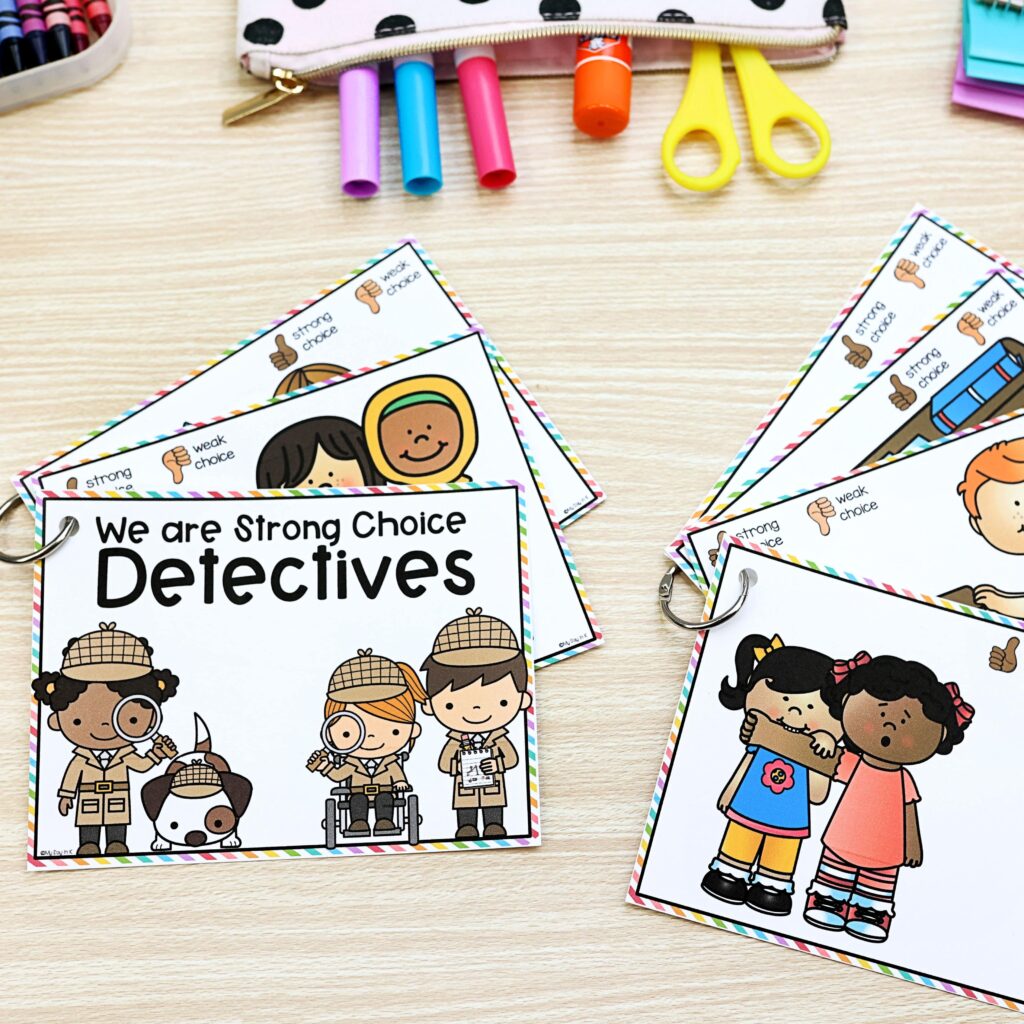
Effectively managing behavior in a kindergarten classroom is a multifaceted endeavor that requires a combination of strategies, patience, and a deep understanding of each child’s unique needs. By implementing evidence-based interventions, utilizing foundational systems like PBIS, and seeking additional support when needed, kindergarten teachers can create a nurturing learning environment that sets the stage for academic success and positive social interactions. Remember, every behavior is an opportunity for growth, and with the right strategies, better outcomes are within reach for all young learners.
Looking for more information on expectations, procedures, and routines?
The Important Advantages of Easily Setting Outdoor Recess Expectations
Boost Your Classroom Management With Visual Direction Cards
